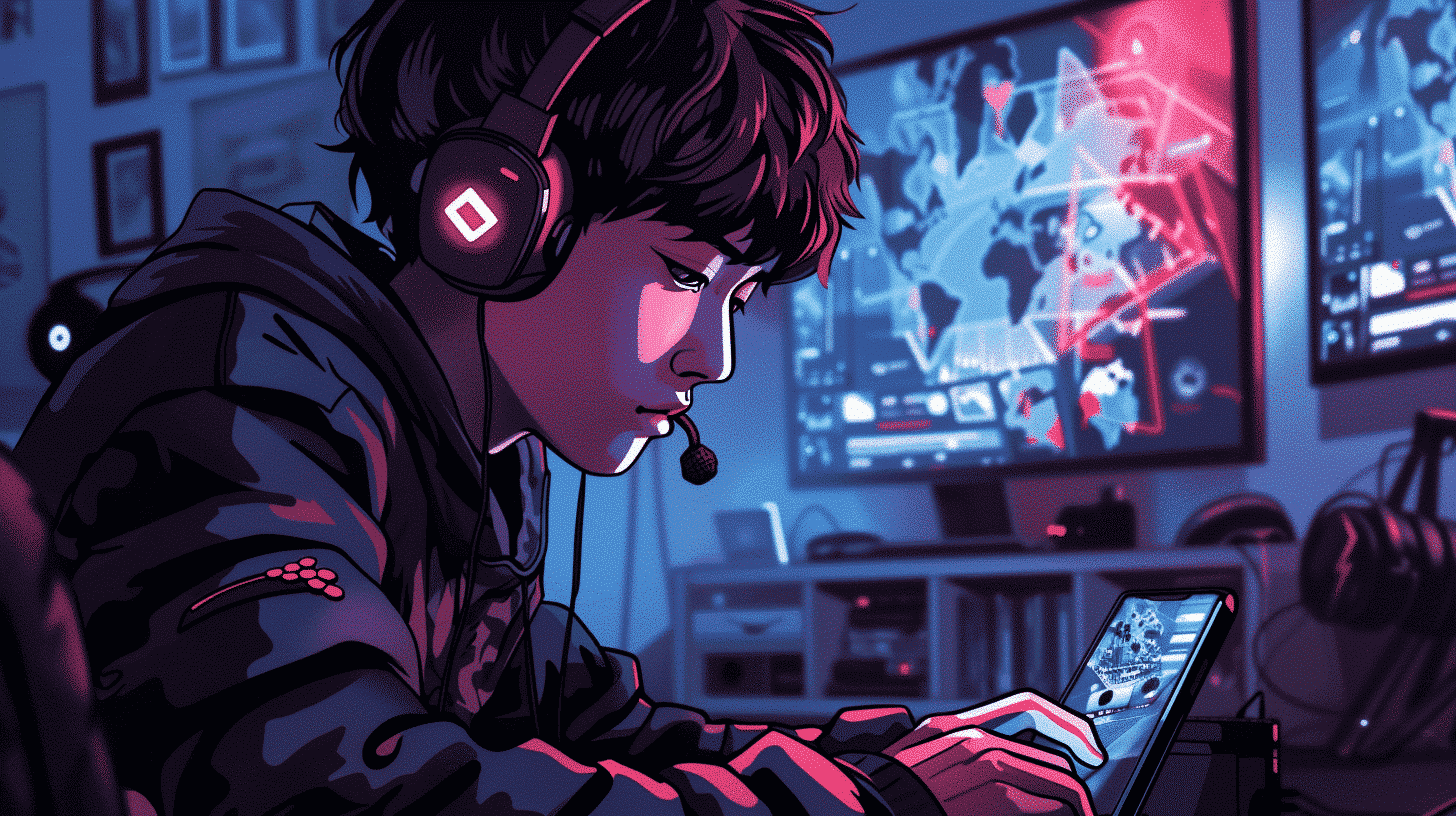Understanding the Importance of Polish Greetings
Greetings form the foundation of polite communication in any language, and Polish is no exception. In Poland, greetings carry a strong cultural weight, often reflecting respect, warmth, and social hierarchy. Proper use of polish greetings can demonstrate your cultural awareness and respect for Polish customs, which is especially important when interacting with native speakers.
- Social Significance: Greetings are the first step in building rapport and trust in Polish society.
- Contextual Usage: Different greetings are used depending on the time of day, formality, and relationship between speakers.
- Politeness and Respect: Using the correct greeting shows politeness, especially when addressing elders or strangers.
By mastering polish greetings, language learners can feel more confident and integrated during conversations, whether traveling, working, or studying in Poland.
Basic Polish Greetings and Their Meanings
Polish greetings can be divided into formal and informal categories, each appropriate for different social contexts. Below are some fundamental polish greetings every learner should know:
Informal Polish Greetings
Informal greetings are commonly used among friends, family members, and peers. These are casual and friendly expressions.
- Cześć – Pronounced “cheshch,” this means “hi” or “hello” and is widely used in informal settings.
- Hej – Similar to the English “hey,” it’s an informal and friendly way to say hello.
- Siema – A very informal greeting akin to “what’s up?” often used by younger people.
Formal Polish Greetings
In professional or respectful situations, it’s crucial to use formal greetings.
- Dzień dobry – Literally “good day,” it is used from morning until late afternoon and is the most common polite greeting.
- Dobry wieczór – Meaning “good evening,” it is used after sunset in formal contexts.
- Witam – Translates to “I welcome you,” often used in formal meetings or speeches.
Time-Specific Polish Greetings
Understanding when to use certain polish greetings based on the time of day is key to sounding natural and respectful.
| Time of Day | Greeting | Usage Notes |
|---|---|---|
| Morning (until noon) | Dzień dobry | Formal and polite, suitable for almost all situations. |
| Afternoon (noon to sunset) | Dzień dobry | Same as morning; continues to be polite and common. |
| Evening (after sunset) | Dobry wieczór | Used to greet people in the evening formally. |
| Night (late night) | Dobranoc | Means “good night,” used when parting ways for the night or going to bed. |
Polish Greetings for Different Social Situations
The way you greet someone in Polish can vary significantly depending on the setting and relationship.
Greeting Strangers and Elders
When meeting someone for the first time or addressing an elder, it’s important to use formal greetings and titles.
- Use Dzień dobry or Dobry wieczór depending on the time.
- Accompany the greeting with a polite phrase like Jak się Pan/Pani miewa? (“How are you?” formal male/female).
- Use titles such as Pan (Mr.) or Pani (Mrs./Ms.) followed by the last name for added respect.
Greeting Friends and Family
Among friends and family, greetings tend to be warm and informal.
- Cześć or Hej are common casual greetings.
- Adding a smile or a hug (if culturally appropriate) enhances warmth.
- Follow up with informal “how are you?” like Co słychać? (“What’s up?”) or Jak się masz? (“How are you?”).
Professional and Business Greetings
In professional contexts, Polish greetings are formal and often accompanied by a firm handshake.
- Use Dzień dobry or Witam upon meeting.
- Introduce yourself clearly and maintain eye contact.
- Address colleagues by their formal titles unless invited to be more casual.
Common Polish Greeting Responses
Knowing how to respond to greetings is as important as initiating them. Here are some common responses:
- Dzień dobry – Respond with the same greeting, “Dzień dobry.”
- Cześć – A simple “Cześć” back is sufficient.
- Jak się masz? – Reply with “Dobrze, dziękuję” (“Good, thank you”) or “Świetnie” (“Great”).
- Co słychać? – You can say “Nic nowego” (“Nothing new”) or share an update.
Polish Greetings in Written Communication
Greetings in emails, letters, and texts in Polish also follow specific conventions.
- Formal Letters/Emails: Begin with Szanowny Panie (Dear Sir) or Szanowna Pani (Dear Madam), followed by the recipient’s name.
- Informal Messages: Starting with “Cześć” or “Hej” is common among friends.
- Closing Greetings: Use Z poważaniem (“Yours sincerely”) formally and Pozdrawiam (“Regards”) informally.
Tips for Mastering Polish Greetings with Talkpal
Talkpal offers dynamic tools for learning polish greetings that can accelerate your language acquisition:
- Interactive Practice: Engage in real conversations with native speakers to practice greetings in authentic contexts.
- Pronunciation Guides: Use Talkpal’s audio tools to perfect the pronunciation of tricky sounds in polish greetings.
- Contextual Learning: Learn when and how to use different greetings appropriately by simulating various social scenarios.
- Progress Tracking: Monitor your improvement and receive personalized feedback on your greeting usage.
Conclusion
Mastering polish greetings is a vital step toward fluency and cultural understanding. From casual “Cześć” to formal “Dzień dobry,” each greeting serves a unique purpose and reflects Polish social etiquette. Using Talkpal as your language learning companion ensures that you not only memorize these greetings but also apply them confidently in everyday conversations. By integrating these greetings naturally into your speech, you will foster positive interactions and deepen your connection with Polish speakers around the world.






